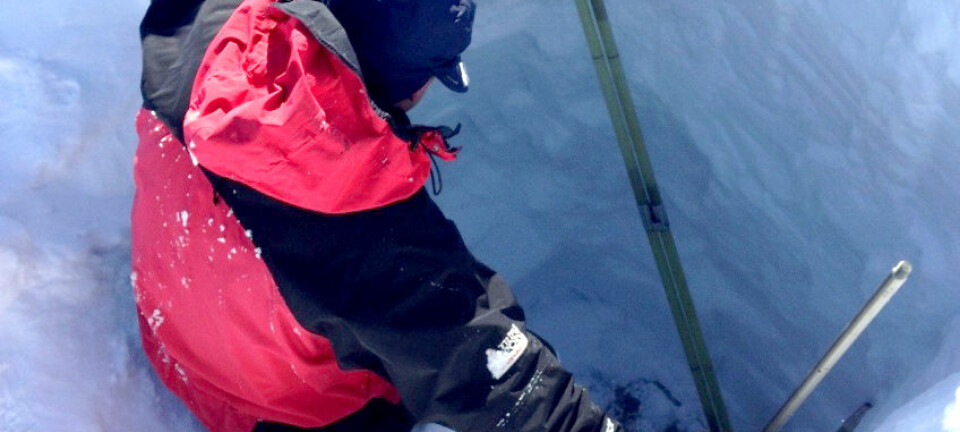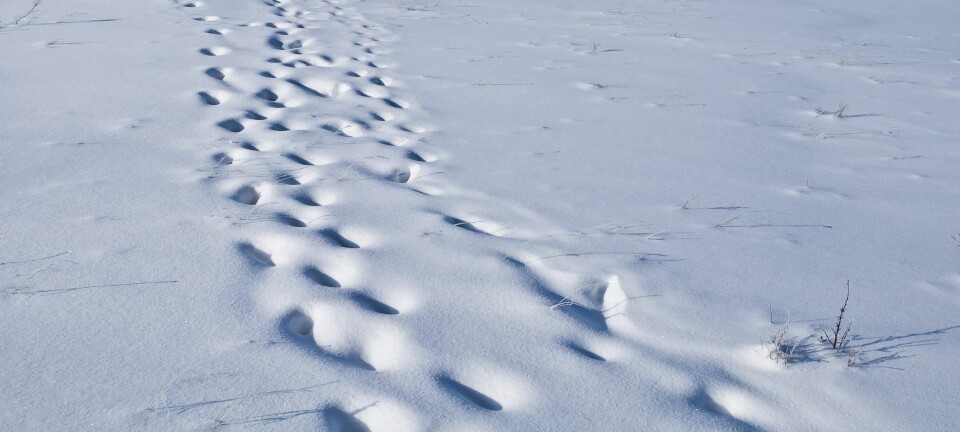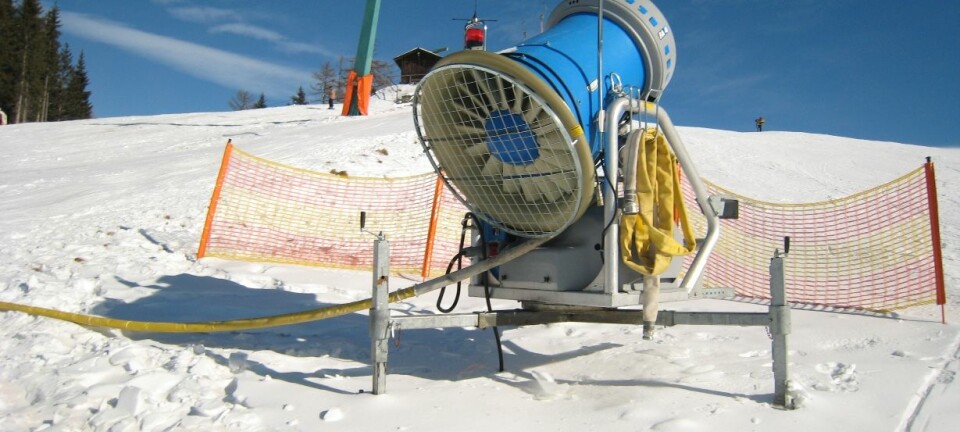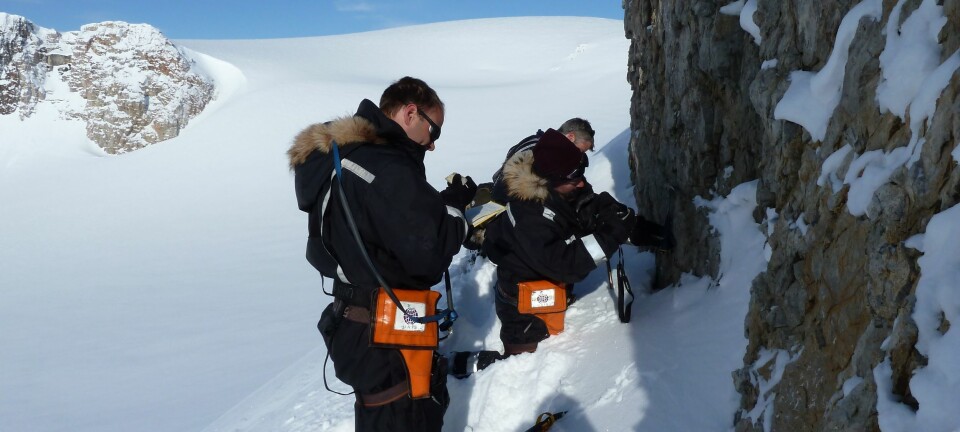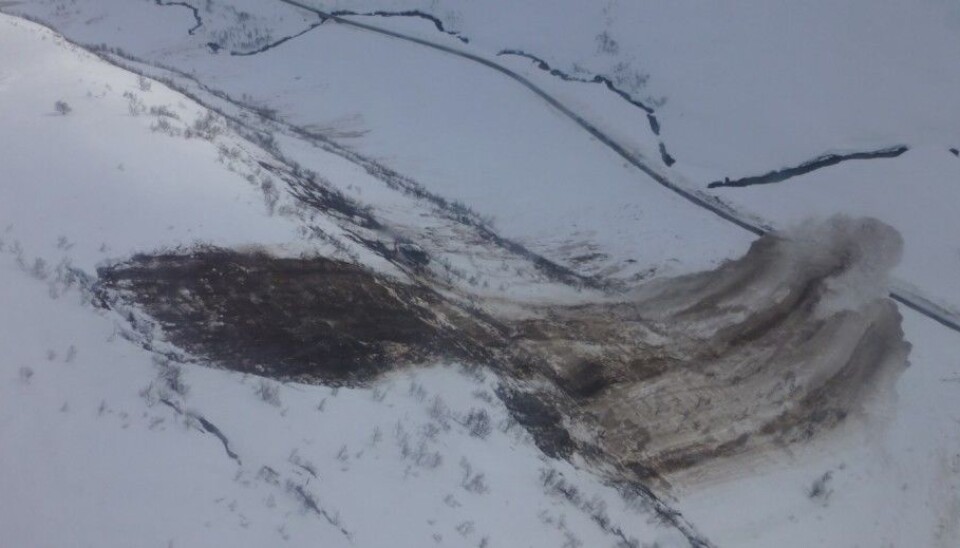
The mysteries of glide avalanches
The glide avalanche is exotic, complex, and not well-understood. Norwegian geologists have gained a better understanding of the mechanics of this special breed of avalanche.
Denne artikkelen er over ti år gammel og kan inneholde utdatert informasjon.
The avalanches people are most familiar with are called dry slab avalanches. Snow builds up in layers every time it snows, and wind can also move and build up the snow that produces avalanche danger.
Some layers may be much weaker than others, and suddenly the weak layer lets go. It can either happen by itself, or a skier, snowmobiler or an animal can trigger it. This is considered the most dangerous avalanche type, because the avalanches can get very large in a very short time.
Not surprisingly, avalanches are a feared natural disaster. They can destroy roads and cars, or bury skiers who are in the avalanche path.
But avalanches come in many different forms. One of the more exotic, complex, and less well-understood types is the glide avalanche.
Ground level lubrication
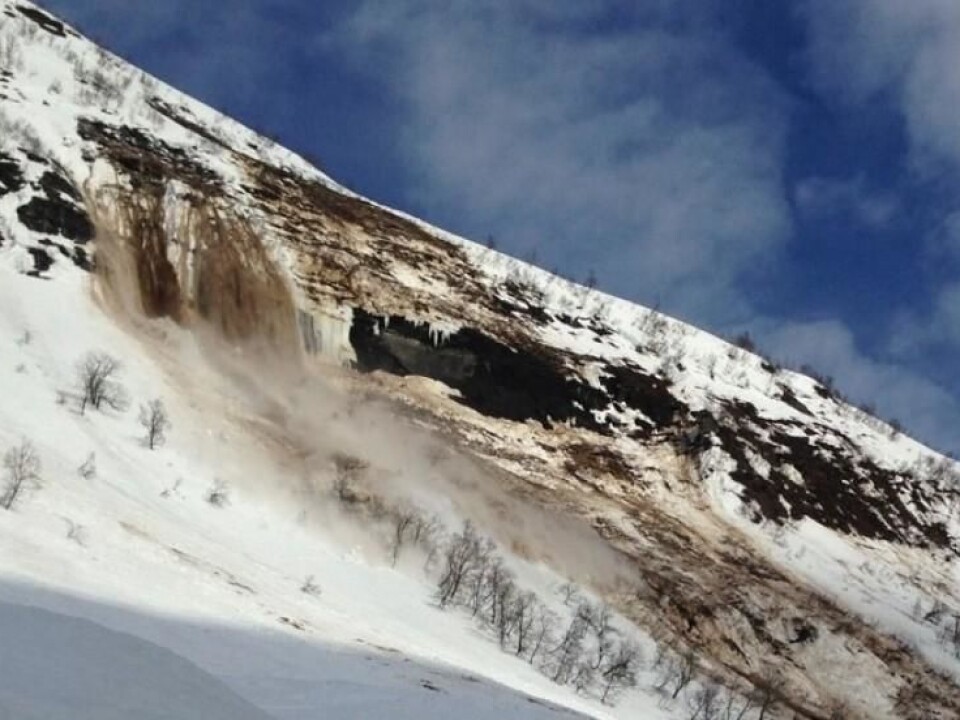
“These avalanches are very difficult to predict,” Njål Farestveit tells forskning.no. He is a geologist and avalanche expert at the Norwegian Public Roads Administration (NPRA), and recently presented on glide avalanches at the Nordic conference on avalanches and outdoor activities.
Glide avalanches are also called wet slab avalanches. This type of avalanche detaches at the very bottom of the snowpack and loosens it, sending large masses of wet, heavy snow down the mountain and leaving the ground under the snow visible.
Glide avalanches don’t take as many lives as dry slab avalanches, but they can cause major damage to infrastructure. Farestveit says they are challenging because weather and temperature can’t be used as predictors of activity.
You can read more about different types of avalanches here.
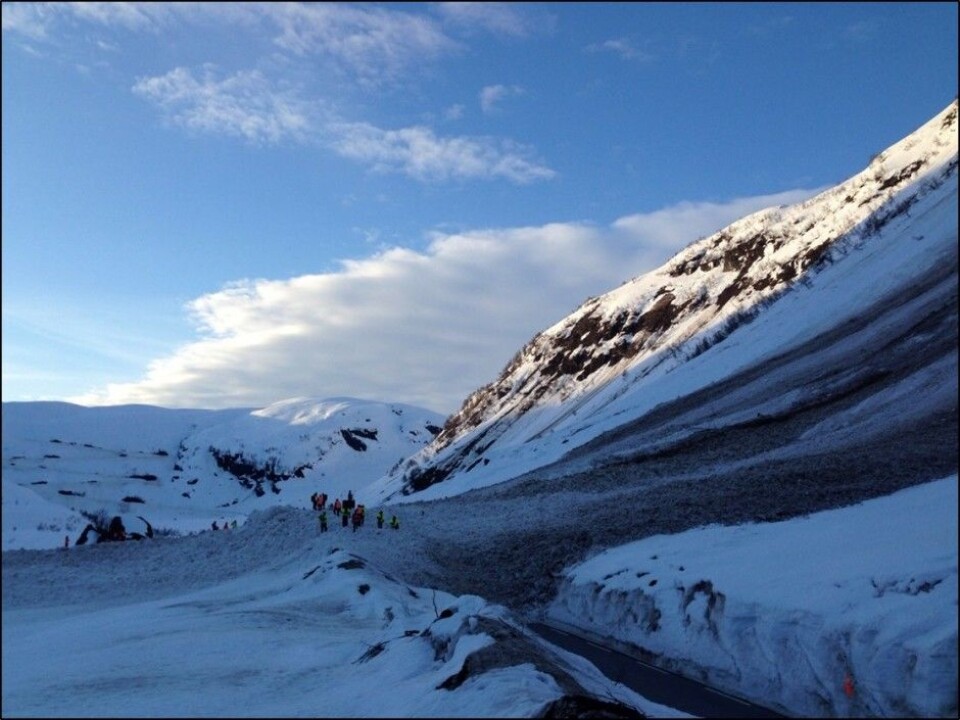
Last winter, glide avalanches intermittently closed two major Norwegian roadways and created major damage. “Since these avalanches are so difficult to predict, we had to have crews at work day and night to monitor avalanche areas on Route E16,” he said.
Farestveit thinks the extremely deep snow last winter is one of the reasons there were so many glide avalanches.
Eight meters deep
The glide avalanche on April 8, 2015 in Kvassdalen in Western Norway, released while Farestveit was in the area with a colleague to check on a time-lapse camera that the NPRA had set up.
Right after it went, a new slide let go right next to the first. Farestveit witnessed this second avalanche. “It was like a massive brown waterfall flowing down the mountainside,” he says.
The biggest avalanche was about 100 meters wide, and buried the road under 7-8 meters of snow, but luckily no one was injured.
Just before the avalanches released, Farestveit and his colleague had examined the snowpack in the area. He says they found very stable snow cover, and they discussed whether to classify it at the lowest or second lowest hazard level when they posted their snow and avalanche warning report.
“The problem,” says Farestveit, “is that the danger of glide avalanches doesn’t necessarily correspond to other avalanche types. So glide avalanches may still happen even when the avalanche risk is low.”
Water under snow
Although a great deal of research has been published about glide avalanches, how they develop and how long it takes before they release is not completely clear.
Farestveit explains that it's all about water between the snow and the ground beneath. Water lubricates the snow, and the snow slowly slides downward. Sometimes the whole snowpack loosens and you have a glide avalanche.
But this process can take a long time, and it’s tough to estimate when the water is sufficient to trigger an avalanche.
Logically, one would think that warm weather would cause more glide avalanches, since there is more water on the ground. However, according to the US National Avalanche Center, glide avalanches seem to be triggered just as often when it gets cold after a melting period as during the melting period. This also varies from place to place.
Some scientists have speculated that the ground beneath the avalanche may store enough heat to melt some of the deepest snow throughout the season.
A glide avalanche on Gullbrå in Hordaland county occurred when temperatures had been below freezing for several days beforehand.
Cracks in the snowpack
The clearest sign that a glide avalanche may go is when other glide avalanches are happening in the area, says Farestveit.
Another more uncertain sign is that cracks open up in the snow. These cracks indicate that the snow is sliding down, but it can happen very slowly. The cracks can create real headaches for ski resorts in the Alps, because it is hard to estimate the danger.
“So even though there’s a crack, it doesn’t mean that it's going turn into a glide avalanche,” says Farestveit. But there is every reason to be cautious. Several research projects have examined how long it takes for avalanches to go after such cracks open up.
It may be a matter of hours, days, weeks or months. A survey from 2012 showed that as much as 80-90 per cent of glide avalanches happened within three days after the cracks opened up.
A recent NTNU Master's degree graduate studied glide avalanches at a glacier in Oppland county. Here it turned out that the avalanches released between three and eight weeks after the crack had opened. This may have something to do with the terrain formation.
Outdoor activity
“It’s very difficult for skiers to trigger a glide avalanche,” Farestveit says.
Other avalanche types are more dangerous for people who spend time in the mountains, but glide avalanches can pose a hidden threat.
“It’s important to recognize the cracks,” he adds. “If you see a crack, you may want to take your lunch elsewhere.”
-------------------------------------
Read the Norwegian version of this article at forskning.no
Scientific links
- Höller: Snow gliding and glide avalanches: A review. Natural Hazards, 2014. DOI: 10.1007 / s11069-013-0963-9.
- Christoph Mitterer et al: Towards a better understanding of glide-snow avalanche formation. Proceedings, 2012 International Snow Science Workshop, Anchorage, Alaska.







